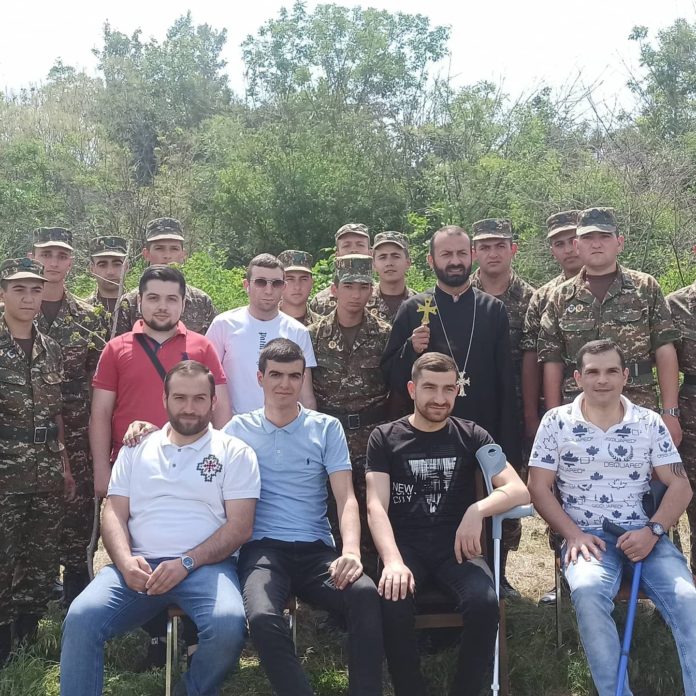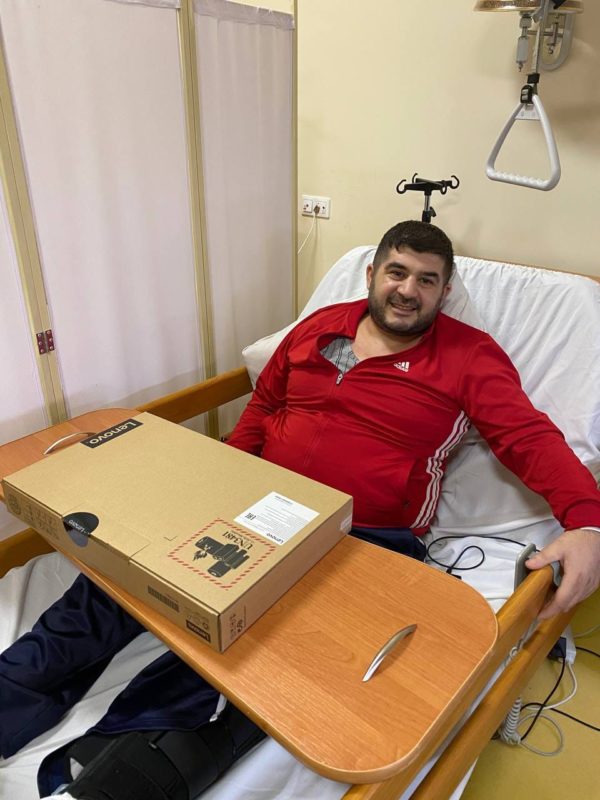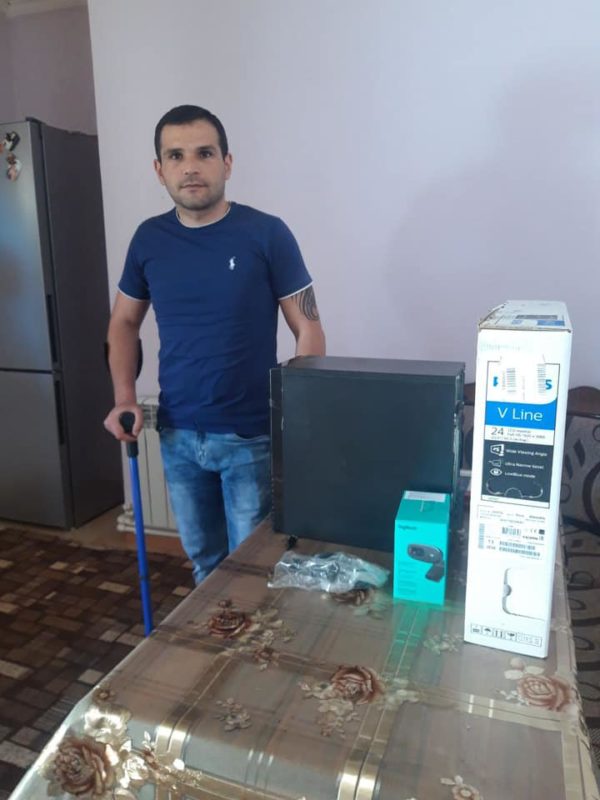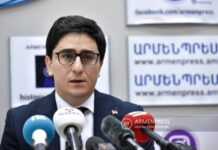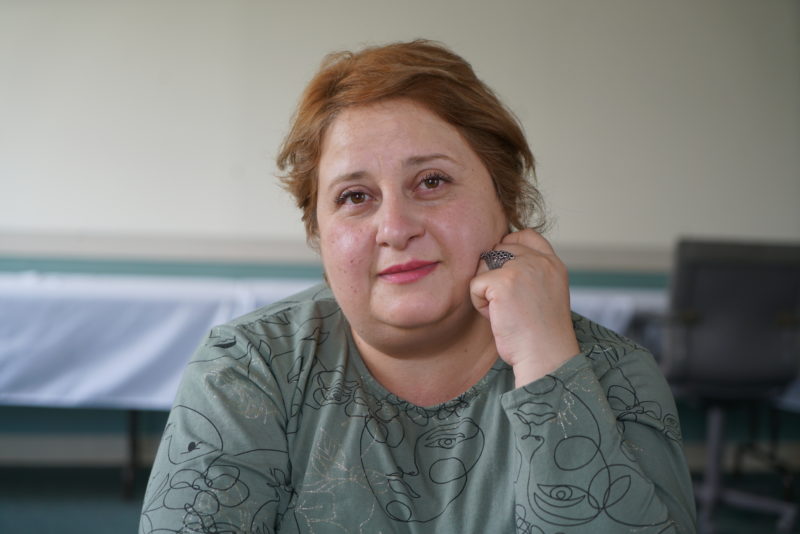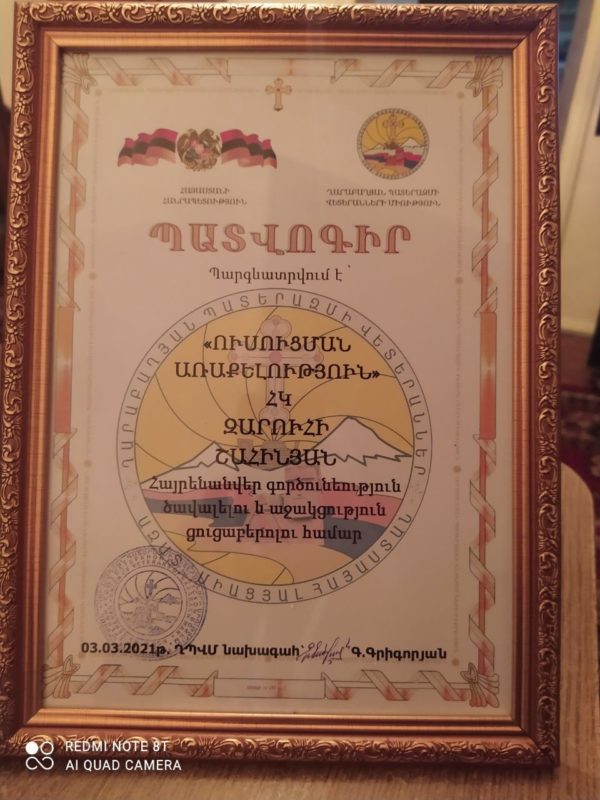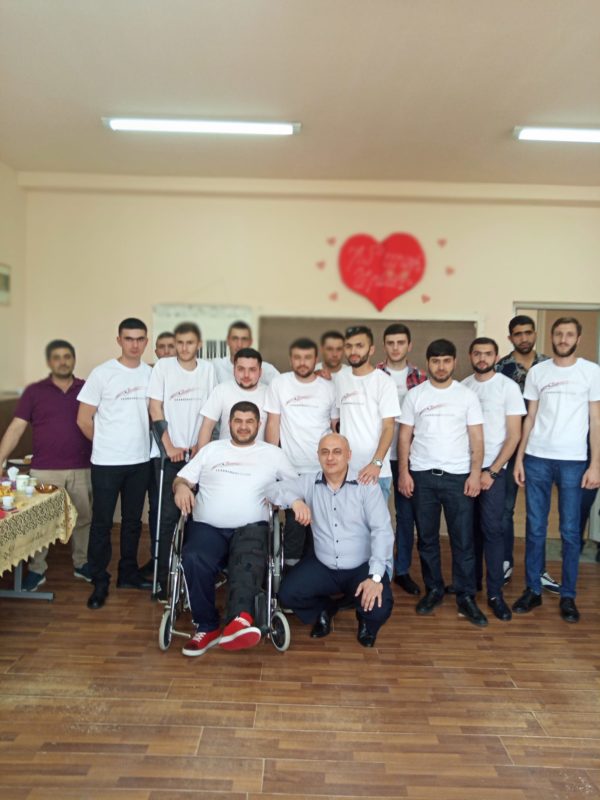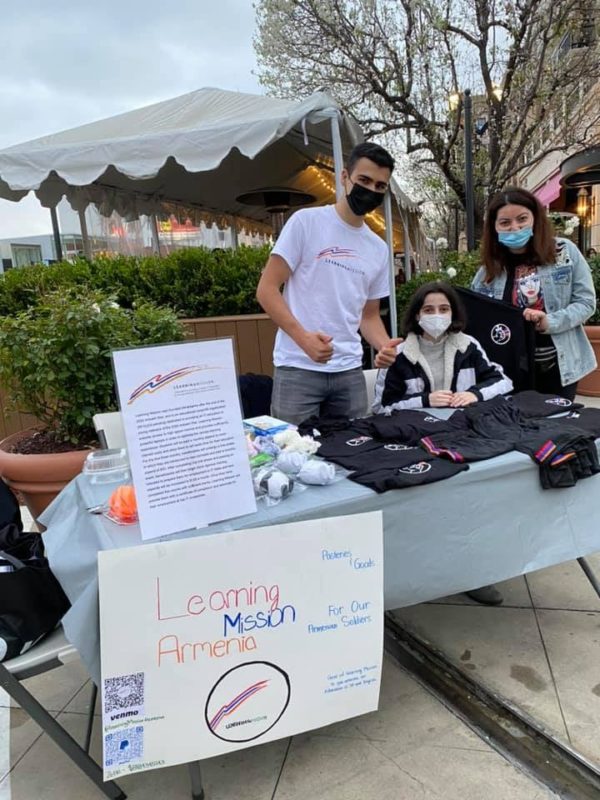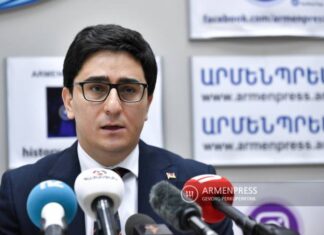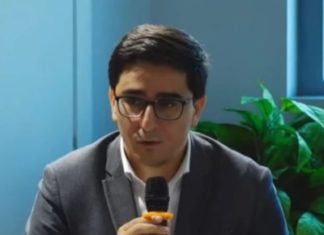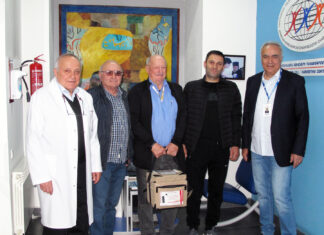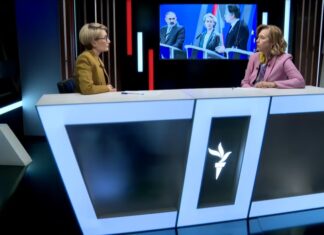YEREVAN/GLENDALE — The disastrous 2020 Artsakh War mobilized Armenians throughout the world during and after the fighting. Despite the generally negative aftermath, creative efforts to help Armenia recover, and especially to help the individual victims of the war, continue to multiply. Learning Mission is one such grassroots effort, driven by the passion of its founders and volunteers.
Its initial founder and chief executive officer is the dynamic Rouben Gargaloyan, a full stack senior software architect and technical leader based in Glendale. Born in Armenia, he received his education at Yerevan Polytechnic University before moving to the US in the late 1990s.
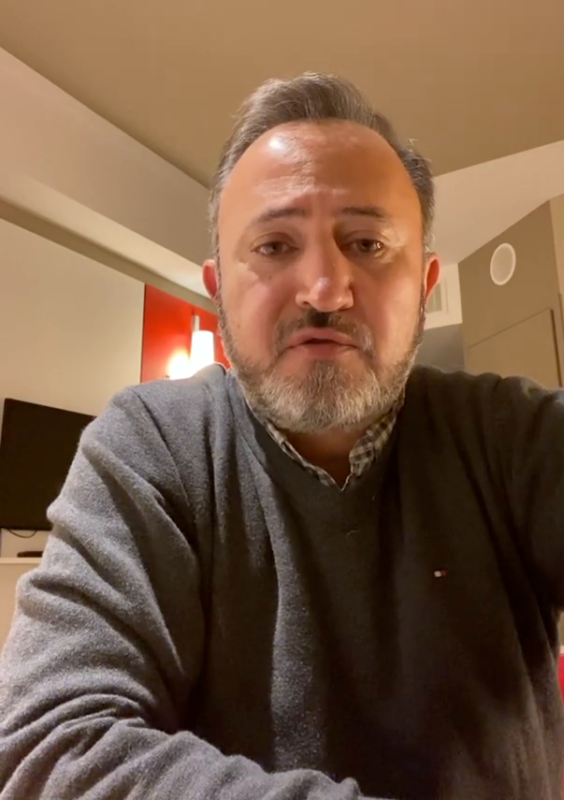
Gargaloyan said, “We decided to create the Learning Mission organization right after the Artsakh War, when we realized that our loss was in many ways technological. We could not keep up with the technological advancements of our enemies, and that resulted in the catastrophic losses of our country. As a computer professional, I realized that there is a lack of computer and internet technology education in Armenia.”
He spoke to many IT CEOs of companies in Armenia and they all told Gargaloyan the same numbers: every year there is a 30-percent increase in demand for IT professionals in Armenia. This is a vast demand, Gargaloyan concluded.
There actually are a variety of organizations that provide such education in Armenia, but most, if not all, require prior background such as in mathematics or related fields. What is unique about Learning Mission is that it primarily serves veterans of the Artsakh War, many of whom who were gravely wounded and remain handicapped, unable to do many conventional jobs requiring mobility.
Gargaloyan said, “We give preference to people who have severe injuries: no legs, no hands, no eyes, and others who would pretty much have no future with these types of injuries. We give them hope. We are giving them a chance. Their background is not important.”



